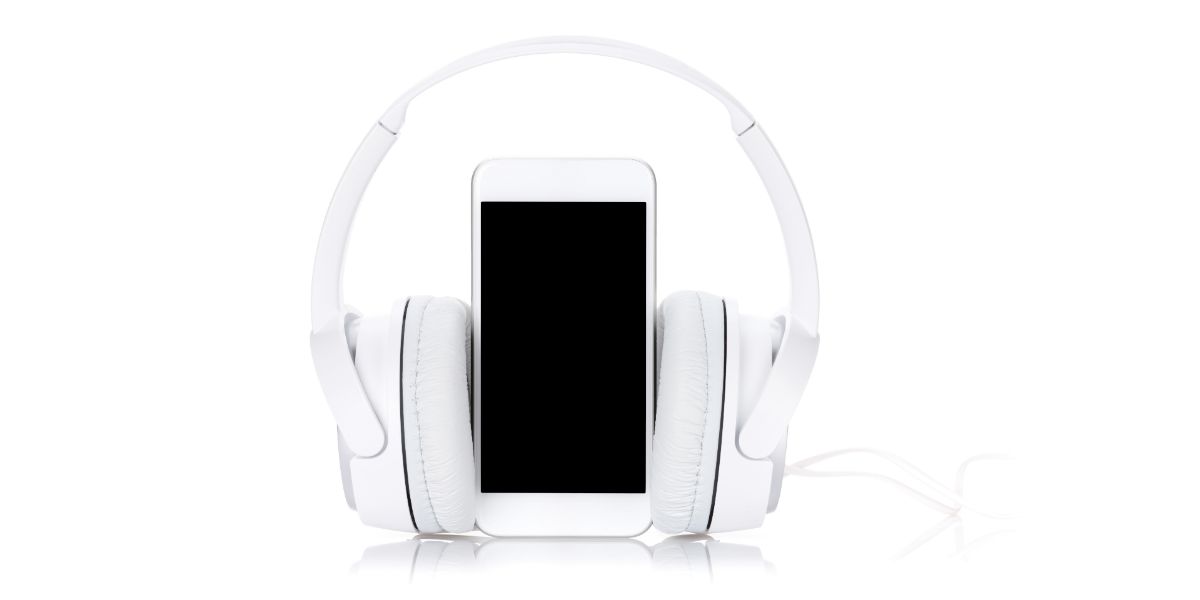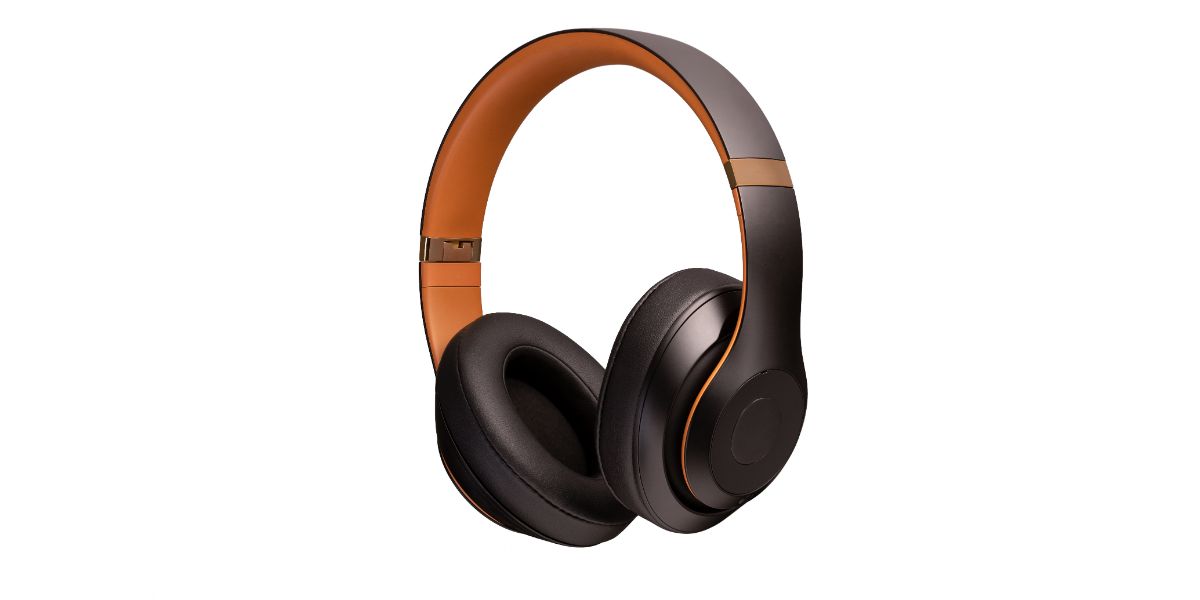Disclaimer: This post may contain affiliate links, meaning we get a small commission if you make a purchase through our links, at no cost to you. For more information, please visit our Disclaimer Page.
If you’re listening to music with your headphones, and a call comes in, your phone should be able to pause this audio and draw your attention to the phone call. However, there are some circumstances where it won’t ring.
Table of Contents
Will My Phone Still Ring With Headphones In?
Your phone will still ring when you have headphones in, but only if your phone is not in silent or vibrate mode. If your phone is on silent or vibrate mode, calls and notifications won’t make a sound.
Most of the time, if the call is ringing through your headphones, it won’t ring through the phone speakers.
Sound settings can be a little different among iPhones and different versions of Androids, but you always have the option to mute the ringtone together with other notifications or simply leave it on vibrate mode.
When a call comes in and the phone is not in silent mode, most apps will pause the audio you’re listening to and resume it automatically when you end the conversation. If an app doesn’t pause the audio automatically, you can usually change this behavior in its settings.
Sometimes, the device may pause the audio you’re listening to even if it’s on mute or vibrate.
How To Stop Calls With Headphones On
Once your phone starts to ring while in silent mode and you press either of the volume buttons, the phone will stop ringing from the headphones and revert to the audio that was previously playing before the call came through.
But maybe you’re listening to something important and don’t want to be disrupted. If you don’t want to be notified of any calls when you have headphones on, turn on the “Do Not Disturb mode.” This feature is available on both iPhones and Android phones.
This feature is especially useful when on special calls, such as a job interview on Skype.
To enable it, swipe up or down to reveal the Control/Quick panel. Turn on the Do Not Disturb.
Calls will come through but they won’t ring or appear as notifications. You’ll later see these calls as missed calls. If you have an active voicemail, callers will be prompted to leave messages there.
Can You Answer Calls With Headphones?
You can answer a call with headphones just as you would if you weren’t using them. Just swipe or tap the call icon as you usually do. You can also use the controls on your headphones.
Most wireless headphones and earbuds have built-in physical controls. They’ll usually have a button that serves the purpose of pausing/playing audio and taking or ending calls.
If your headphones have a microphone, then you can proceed to talk without any extra steps. Your phone should automatically default to the headphone mic.
However, if you notice the other person can’t hear you well, it might be that your phone is using its built-in microphone instead. To fix this, simply unlock the phone and open the call. There should be an icon that allows you to select which audio input you want to use. Choose the Bluetooth input.
In the same way, if you prefer to use the phone microphone, you can use this screen to switch to it. You’ll still hear the call through your headphones, but you’ll talk through your phone’s mic. You might need to make this switch if the headphone microphone isn’t as good as the one in your phone.
How To Switch Call Audio From Headphones to the Speaker
If you don’t want to hear the call through your headphones, switching to the speaker is the fastest option.
In most apps, you can simply unlock the screen, go to the call screen, and tap the speaker icon. Now you’ll hear through the speaker and talk through the phone microphone.
However, you also have the option to change the media output. Here’s how to do it on iPhones:
- Swipe up or down depending on the iOS version to reveal the control panel.
- On the audio widget on the top right, click the icon with a triangle and circles around it. This will reveal the audio outputs connected to the phone.
- Switch from the headphones to iPhone. Now you should be able to hear directly from the speaker.
- For wired headphones, you can also simply unplug them.
With Android phones, it can vary slightly from manufacturer to manufacturer, but it usually looks like this:
- Swipe down to access the Quick panel.
- Click “media” at the top tab of the panel.
- Switch from the headphones to “This phone” to hear from the speaker.
You also just turn off your Bluetooth. However, you will have to go reconnect the headphones after the call. For wired headphones, simply unplug them.
If media controls are not available on the Quick Panel, click the three dots at the top right and then choose “Quick Panel Layout” from the displayed options. Ensure “Show media and devices” is toggled on.
How to Make Incoming Calls Ring on Both Speakers and Headphones
Having calls sound from both headphones and speakers can be a useful feature if you want to make sure you don’t miss any calls. Most phones work this way as long as they’re not in silent or vibrate mode.
Sadly, most phones don’t have the option to change this behavior. Some brands, like Samsung, allow you to change these and other sound settings in the Sound Assistant app.
You can go to Settings on your phone and check the sound preferences to see if you have this option available.
Choosing Headphones for High-Quality Voice Calls
In most cases, a phone’s microphone is better than your average earbuds. After all, a phone’s main purpose is to receive and make calls. However, high-end earbuds or headphones may have microphones with superior sound quality.
If you are looking to purchase headsets that support good audio quality for phone calls, these are the features you should look out for:
- Noise cancellation: Noise cancellation dials down background noise considerably. Thanks to this, you’ll hear your caller much more clearly. Noise-canceling can greatly increase price tags, so if you’re on a budget, you can opt for headphones with good noise isolation instead.
- Comfort: If you’re looking to make long calls, then the headphones you’re using should sit comfortably in your ear. They should also allow for some ventilation. Otherwise, the buildup of sweat around your ears can become annoying.
- Wireless: If the main purpose of the headphones is to make calls, make sure they’re wireless. You’ll be able to move around without worrying about tripping on cables.
- High-quality microphone: This goes without saying, but if calls are a priority, you need to choose headphones with a great microphone. Sadly, this is a feature most headphone brands tend to cut out in an attempt to reduce production costs.
If you want the best possible calling experience, consider purchasing a headset from a reputable brand. Headsets usually have high-quality microphones as an extra piece attached to the headphones.
Of course, this only applies if you’re talking from a desk. If you want to take calls while you walk around, earbuds will be much more comfortable, but you’ll sacrifice audio quality.
Lastly, if you really care about the quality of your voice during a work call, you can buy an external microphone and connect it to your phone or computer.
Final thoughts
Your phone should ring when you have headphones on, either through the headphones only or both the headphones and mobile speakers.
If you don’t want calls to ring through your headphones, simply put it in silent mode. If the audio still pauses whenever you receive a call, then turn on Do Not Disturb.
Phone microphones are usually better than those of most earbuds. For the best calling experience possible, consider using a headset.


